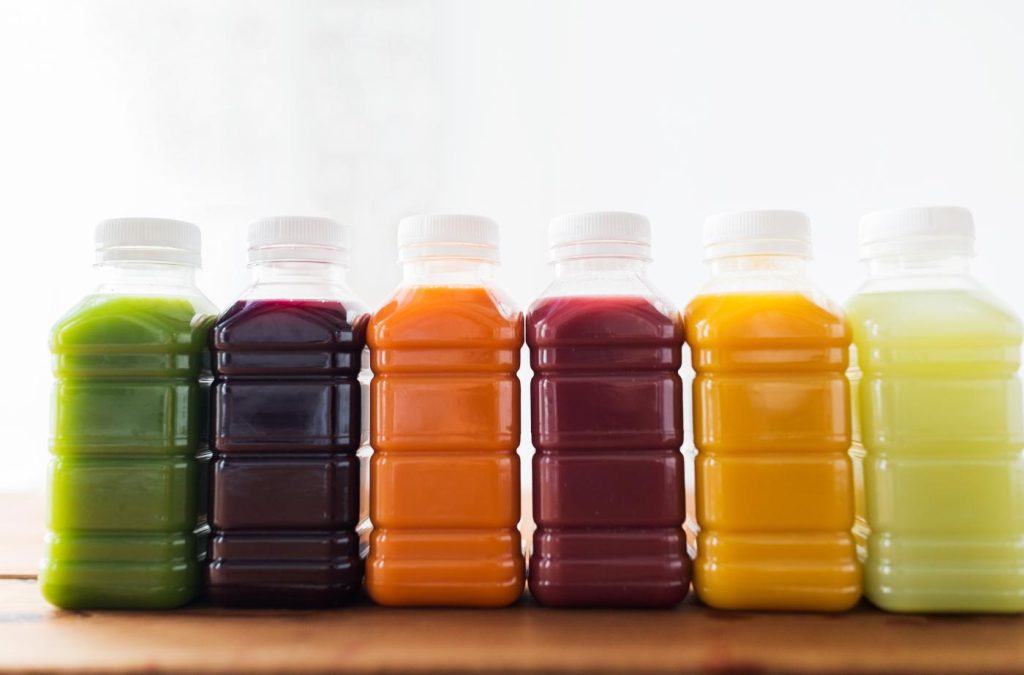
Of the many different types of food preservation methods, pasteurization is one of the most widely practiced. Different pasteurization methods involve applying mild heat to food, in order to kill any microorganisms and enzymes that may be present and that could proliferate and spoil the food if left unchecked. The process of pasteurization is named after the French scientist who pioneered it: Louis Pasteur. As with all things science-related, pasteurization has evolved since it was first created, and pasteurization has evolved into flash pasteurization. What does this evolved form of food preservation entail? What are the benefits of pasteurization beyond extending shelf life? To find the answers to these questions, keep reading.
What is the Advantage of Flash Pasteurization?
The History of Pasteurization
In order to understand flash pasteurization, you first need to understand the history of this type of food preservation. Pasteurization dates back to the 1860s, when the emperor of France, Napoleon, asked scientists if they could figure out what was causing his stores of wine to sour and become contaminated.
Louis Pasteur rose to the challenge and found that microorganisms were the cause and that the spoiling and souring could be prevented by heating the wine from 120 to 140 degrees Celsius for a period of a few minutes. Eventually, this mild thermal process turned into what is referred to today as pasteurization. Today, pasteurization is used in the preservation of milk, eggs, beer, and fruit juices.
Flash Pasteurization Explained
So, what is flash pasteurization? In the process of flash pasteurizing milk, mild heat of 161 degrees Fahrenheit is applied to the liquid for a period of 15 seconds. The application of mild heat for such a short amount of time is said to destroy Coxiella burnetii, the most heat-resistant pathogen that raw milk contains.
Flash pasteurization is a standard protocol used in the preservation of milk in the United States. The process was first introduced in 1933. Milk that has been flash pasteurized can last between 16 and 21 days, while milk that has not been pasteurized spoils within just a few days.
Flash pasteurization can also be used in the production and processing of fruit juices. During this process, heat is rapidly applied to the juice for about a minute. Then, the treated fruit juice is placed into containers. The containers are then covered with an airtight seal under the cover of steam, which sterilizes the seal, and then it’s cooled. The flash pasteurization process can be used for various types of fruit juices, including apple juice, orange juice, and grape juice.
Benefits of Flash Pasteurization
Flash pasteurization offers a variety of benefits. Some of the most notable advantages of this method of food preservation include the following:
- Color, flavor, and nutrient content of the food or beverage experience minimal change
- Economically friendly
- Saves time and space
- Food or beverage is heated uniformly
- Obtains beneficial enzyme inactivation
These are just some of the benefits that are associated with flash pasteurization. With all of the benefits, it’s no wonder flash pasteurization is so widely used in the United States.
Additional Reading: Pasteurization Temperatures, Times, and Types– International Dairy Foods Association
What can Fortress Nutrition LLC do for you?
Rest assured that you’re in good hands with Fortress Nutrition. To learn more about how we tailor our blending, ingredient sourcing, logistics, consumer packaging, and other services to meet customer needs, and find out how we can partner with you to ensure compliance with new GMO laws, contact us today.